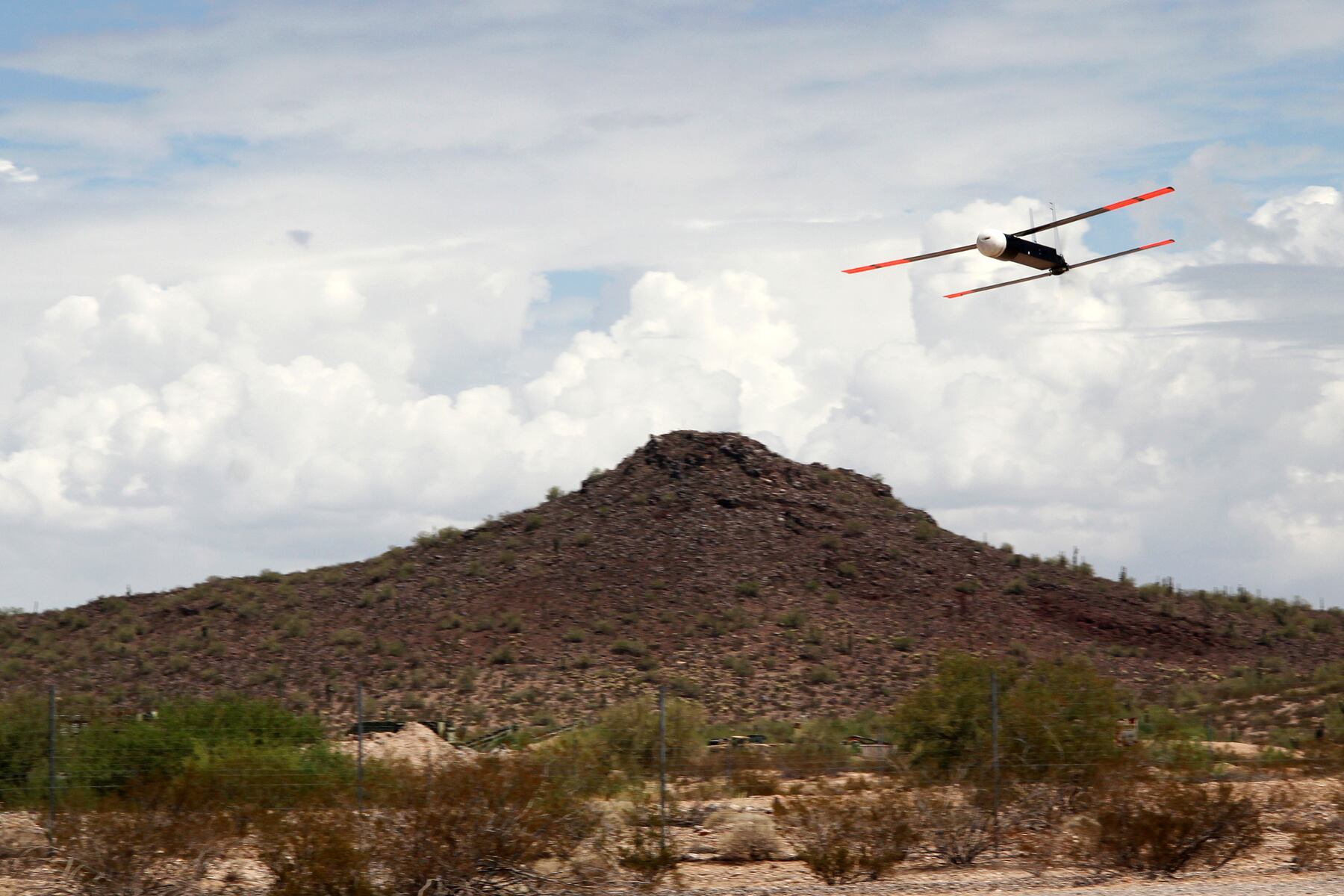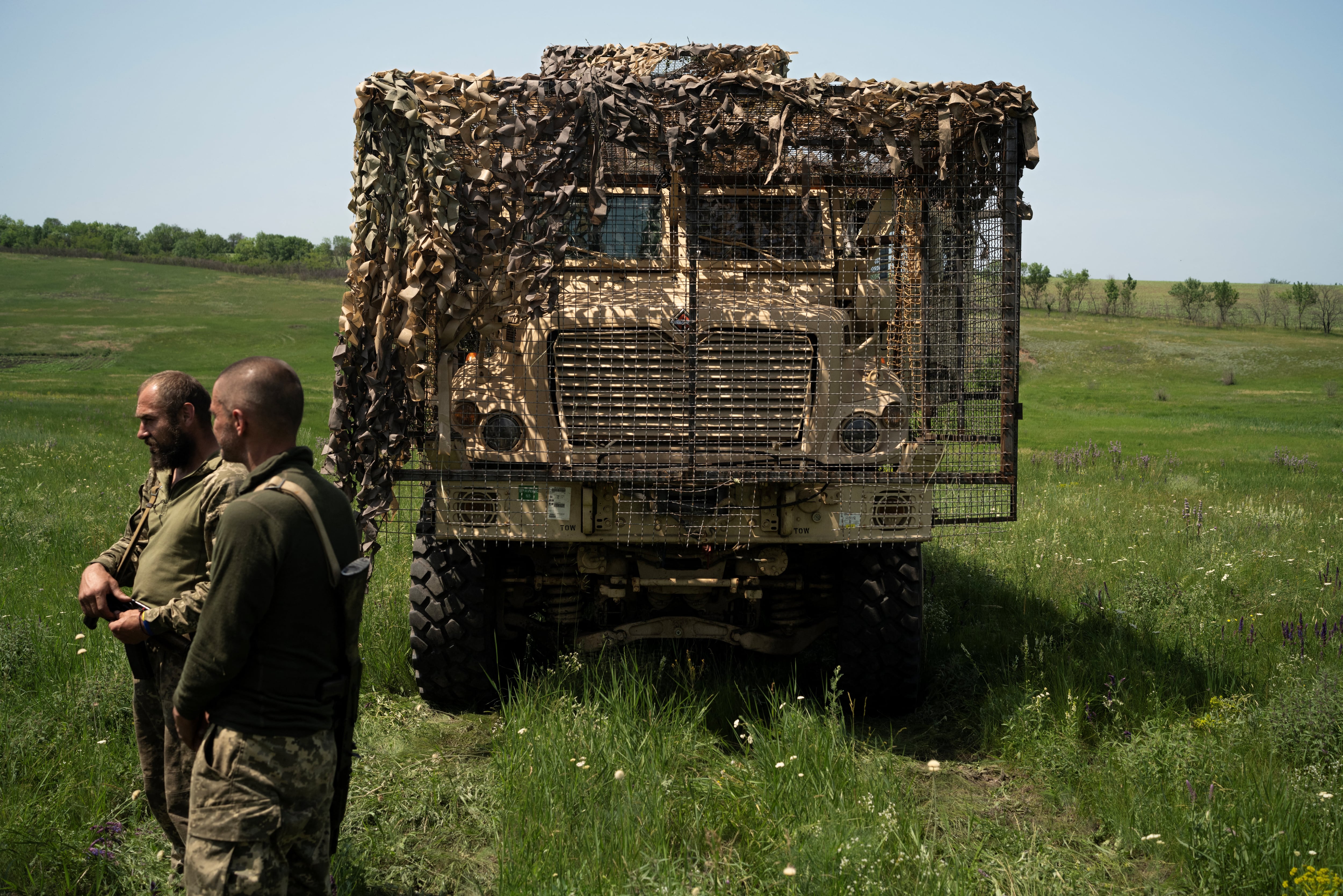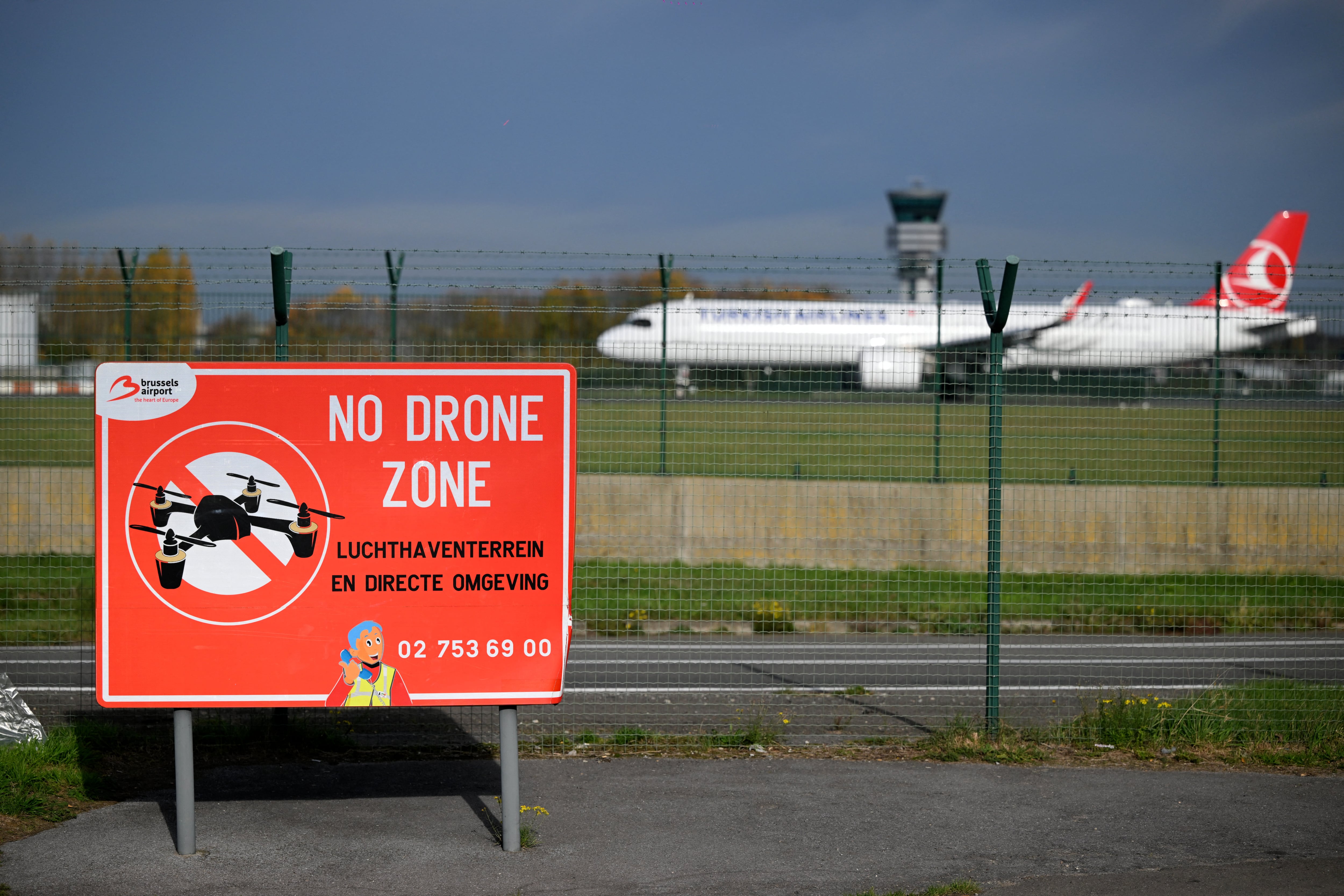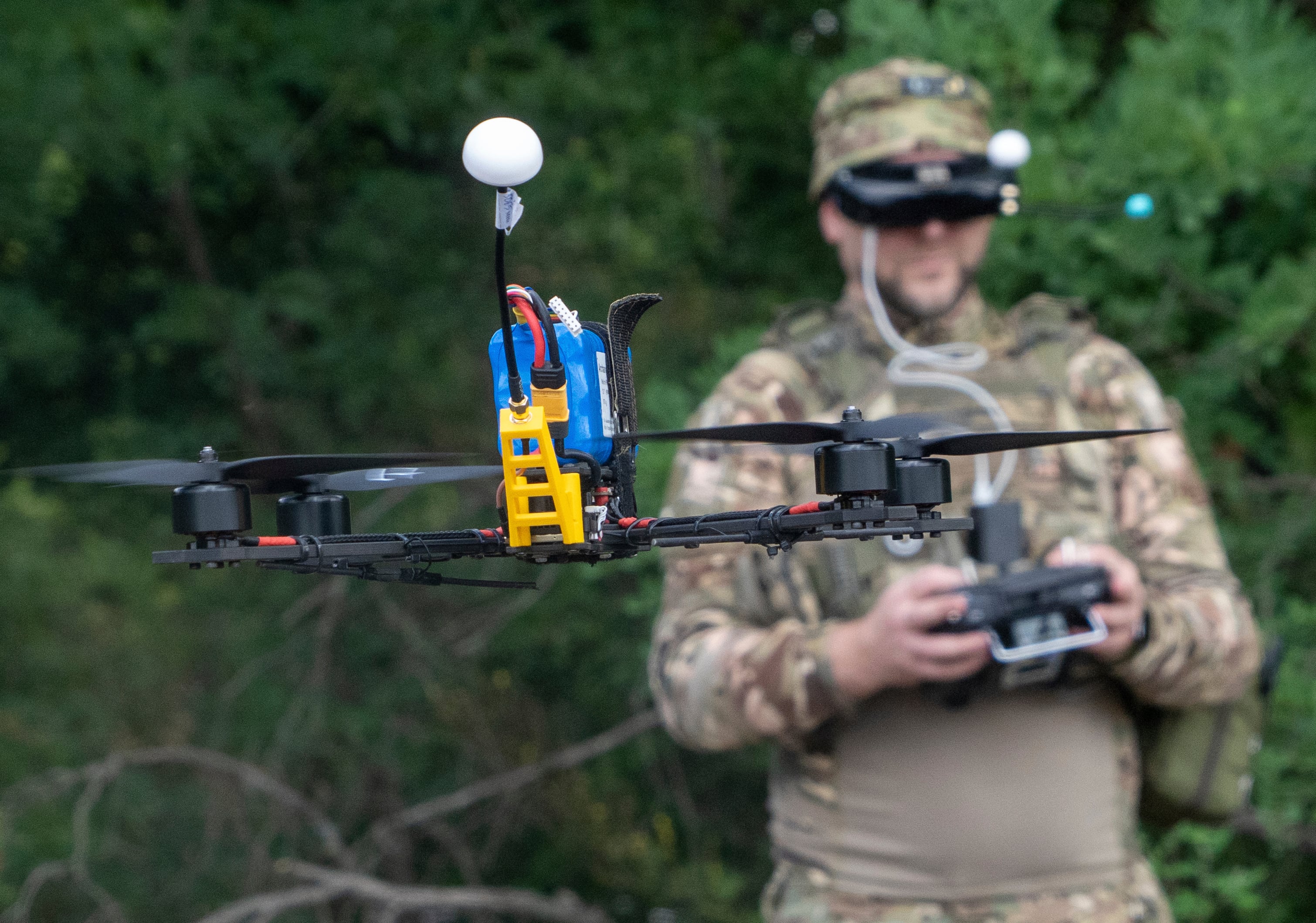The research laboratories of each service branch are working toward bringing new and innovative solutions in line with the Department of Defense's so-called third offset strategy. Deputy Defense Secretary Bob Work, who is spearheading the third offset initiative, has described the third offset as hypothesizing "that the advances in artificial intelligence and autonomy — autonomous systems — is going to lead to a new era of human-machine collaboration and combat teaming."
Appearing on Wednesday before the House Armed Services Subcommittee on Emerging Threats and Capabilities, the heads of the major service research laboratories — Naval Research Laboratory (NRL), Air Force Research Laboratory (AFRL), Army Research Laboratory (ARL), and the Army Corps of Engineers' Engineer Research and Development Center — discussed how their shops are contributing to this effort.
In written testimony provided to the committee, Philip Perconti, acting director of ARL, outlined nine essential research areas to "provide the context and the impetus for the research ARL must do to meet the S&T [science and technology] objectives for the Army of 2050 and the Army's efforts towards DoD's third offset strategy." They include:
- Human agent teaming; artificial intelligence and machine learning.
- Cyber and rlectromagnetic technologies for complex environments.
- Distributed and cooperative engagement in contested environments.
- Tactical unit energy independence.
- Manipulating physics of failure for robust performance of materials.
- Science for manufacturing at the point of need.
- Accelerated learning for a ready and responsive force.
- Discovery.
NRL's acting director, Edward Franchi, outlined in his testimony key technologies within the third offset construct such as cyber and space capabilities, unmanned systems, directed energy, undersea warfare, hypersonics, and robotics.
Another component that many, including Work, have discussed is the increased need for prototyping. Franchi noted in his prepared testimony that "[r]apid prototyping and experimentation is an important mechanism in transitioning S&T to demonstrations of operational capabilities." NRL, Franchi noted, is contributing to the Navy's new, rapid prototyping process in which needs are identified through the Office of the Chief of Naval Operations and secretariat organizations to "energize the Naval Research and Development Enterprise (NRL and the Naval Warfare Centers) to develop best-of-breed solutions for demonstration and evaluation."
Maj. Gen. Robert McMurry, AFRL commander, said his outfit is making investments in strategic agility to offer support for the building blocks of the third offset. Core technologies in this area include autonomous and unmanned systems.
McMurry said the Air Force is trying to strike the right balance on human-machine capability under the guise of autonomy. "AFRL's goal for autonomous systems is to increase efficiency; empowering airmen to engage in a more rigorous analysis that leverages available data across multiple domains and mission areas," he said in testimony. "This vision aligns with the Third Offset Strategy underscoring optimization of human decision making with technology."
His testimony also pointed to multi-system collaboration with UAS/ISR technologies to ensure target identification and tracking without direct control of an operator.
McMurry also provided brief details on a number of hypersonics programs AFRL is working on, describing hypersonics as "one of the game-changers providing high-speed options for engaging time sensitive targets while improving the survivability of the Air Force. The programs he listed were:
- High Speed Strike Weapon Technology Maturation: designed to develop technologies for a high-speed strike weapon to enable responsive and long-range strike capability.
- Medium Scale Critical Components: exploring the performance and reusability of larger scramjet engines with a mass capture of approximately 10 times that of the X-51A engine.
- Hypersonic International Flight Research: aims to investigate fundamental hypersonic phenomena, advances component technologies and instrumentation, and conducts flight experiments in relevant environments in collaboration with Australia.
Another component surrounding the third offset strategy is navigating anti-access/area denial (A2/AD) environments. In a recent keynote address during the Air Force Association's Air, Space and Cyber Conference, Work clarified what the third offset strategy is trying to offset, offering a series of capabilities that taken together can be referred to as A2/AD.
Great power competitors have achieved rough, guided munitions parity — something the U.S. has not had to deal with for some time, he said — and, knowing how critical central networks are to U.S. war fighting, adversaries have invested in counter-network technologies such as electronic warfare, cyber and counter-space. "We call all of these things, shorthand, A2/AD, but those are what we’re trying to offset," Work said.
To this end, McMurry noted in his written testimony that his office has emphasized research in hypersonic, low-cost cruise missile technology, advanced air combat missiles, and position, navigation and timing technologies as to highlight capabilities focused on A2/AD operations — all of which, he said, support the third offset construct.
The director of the Army Corps of Engineers' Engineer Research and Development Center, Jeffery Holland, said in prepared testimony for the hearing that he is involved in collaboration across the services to identify significant challenges and solutions for planners, analysts and operators that might impede successful operations in A2/AD environments. Technologies he included as part of this effort were rapid airfield repair kits for early-entry airborne engineer units; terrain surfacing kits for unmanned aircraft systems landing strips; helicopter landing zones and logistics over-the-shore operations; remote monitoring of critical infrastructure using infrasound; battlefield sensors for operational engineer reconnaissance, assessment and planning; and decision support tools to capture subject matter expert processes for remote infrastructure assessments.
Despite these significant investments across DoD in technologies in line with the third offset, Work noted that technology is not at the heart of this or similar efforts in the past.
"Offset strategies," he said, "are about technologically enabled operational and organizational constructs that provide the joint force with an advantage … [in] strengthening conventional deterrence."
Mark Pomerleau is a reporter for C4ISRNET, covering information warfare and cyberspace.








